About fifteen years ago my son and I went to St. Michael’s Monastery over New Year’s to see if we could remodel Abbot Silouan’s cell so it wouldn’t drop below 40 degrees at night and he wouldn’t have to sleep with his dog to stay warm. It was originally built 75 years ago, as they say in Cañones, New Mexico, “al ojo”, by the eye. There were not building codes or inspections so it was built according to someone’s personal general idea of construction practices and rules.
It had what most buildings have: four walls, a floor and a ceiling. It was functional, looked like a building, and served a building’s general purpose: it kept some of the elements out and some of the things inside it in. To the untrained eye or to someone with low expectations it was adequate as a storage room. But it was not quite adequate for a monk’s cell when it got to seven below and snows, which it did the night we arrived.
As I was measuring and assessing what it would take to get the building somewhere in the ballpark of “livable”, it occurred to me that the building was much like the Orthodox view of the fallen human being: it has some of the features of the image of God in it because that is how it was designed and created. The “unlivable human being” is not totally devoid of the image and nature of a “true building” no matter how badly it is constructed. The “un-Christian life” can have a floor, wall and ceiling: legitimate elements of true goodness, great piety, and godly morality. All in all, it can keep some evil out and some goodness in and it works spiritually at some levels because it is “in the image”. To the untrained eye and the person with low expectations or lack of discernment, this life can look spiritually adequate and functional in many ways.
However, the trained eye, even without any measurements can discern major structural issues. This is true both of journeyman building contractors and of discerning human beings. When I walked in to Fr. Silouan’s cell, even without a level or tape measure, I could immediately see the floor was about three inches out of level, the room was way out of square, the roof framing undulated like ocean waves, the walls were an inch or more out of plumb, and the doors didn’t open and close properly. Sometimes even an apprentice can see what’s wrong with a building. And we’ve all met someone that we immediately know their bubble is not in the center of the level.
So, like all tradesmen, I had the “canonical tools of carpentry” in my truck box, levels, tape measures, plumb bobs, and a working knowledge of building codes. Combined these are the “canons” or “the rulers”, the measuring sticks that tell us what is “real” and correct. When I applied them to the structure they told me just how far off things really are.
But just owning tape measures and levels is not adequate to qualify you to be a competent tradesman. Anyone can read a tape measure or see that a bubble isn’t in the center of the lines. You have to know something more than how to read the numbers and fractions on the tape measure. You also have to know what a “true, good building” should look like to know what to measure and what the numbers mean. So the measuring tools are only informative of how close or far off things are. It takes another level of knowledge and expertise to know how to use all the tools available to set things right.
So a level may tell you the floor is not flat, but it doesn’t tell you the process of how to make it level or what materials to use. A tape measure can tell you how far a room is out of square but it doesn’t give you the skills or knowledge to scribe a piece of drywall to a wall that is out of plumb two inches. A plumb bob can tell you a door opening is not square but it doesn’t draw you a picture of how to fix the framing and shim a door jamb so it fits in the opening and closes properly.
The Canons of the Church are much the same way. They are the “building code”, the accepted rules, standards and principles of a “correctly built” church and Christian. The Canons were explicit pastoral statements of what was correct in the face of incorrect human and institutional “structural” issues in the Church. They assume a knowledge of what a true human being in the image of God looks like, and how the Church’s life, culture, and piety functions properly, and how an intimate relationship with God is manifested. They assume an intimate knowledge of repentance, prayer, and disciplines and how to properly use the multitudes of spiritual tools and methods and materials of the construction of the Church and the human person. It also assumes that, by actually engaging in the spiritual life and practicing it, there is a knowledge of how to repair what is poorly built or broken and to restore its function and to make it structurally sound. This kind of knowledge in both construction and the spiritual life does not come from watching YouTube videos or reading “how to manuals for dummies” even if they are written by experts. It does not come from merely reading Building Code books. It comes only from DOING, working with the tools and practical, hands-on personal experience over years. And, as I used to tell apprentices, there is a difference between thirty years of experience and one year of experience thirty times… In short, a tape measure or “canon” may tell you you’re off but it doesn’t tell you how to get from “off” to “right”. A book or video may address an issue but we all know once we get our hands on the tools we can certainly make things much worse because we didn’t understand what we were looking at or reading, or there was more to the problem than we grasped. And if we don’t understand the nature of a building, the structure and the tools…. welllllll…….
So, whenever someone undertakes fixing something or remodeling it to make it more functional or beautiful, the first thing that has to be meticulously planned is not the finish fixtures, designer tile, paint and decorative trims. It is the demolition. I’ve learned over the years that the true beginning of fixing or remodeling is a skilled demolition done in harmony with the vision of the end product. Demolition must be done carefully, methodically, and minimally. Sometimes in the process of demolition other issues are brought to light and you have to adjust the process and the end plan.
Often demolition reveals that the existing structure is just a façade. It looks on the outside like a real building. But until you remove the façade you have no idea what is really “in there” and what is really “to code” and what it is going to take to repair it.
Our spiritual facades are the same way. We have an outward show of piety, niceness, and correctness. We say the right things in the proper voice and inflections, we cross ourselves at the right time at the right speed, we drop the right names in conversations, we know the prayers and services, we go to the right monasteries, and read the right books. The outer appearance looks finished and real. But sooner or later someone will cut a hole in the façade through temptation, insult, injury, or even praise and flattery. It is then that people discover there are major issues behind the outward show: perhaps a shallow foundation, missing infrastructure, bad wiring, rotting framing and broken plumbing. But until the facades are demolished we can’t know how dysfunctional the inner structure is and true reconstruction cannot begin. Demolition done without extreme care can create more problems, make more work, cost a lot, ruin a building, and even kill people.
Years ago I was removing a hallway to open up a living room. We had removed the sheetrock and started knocking out the studs of the hallway wall. As I hit the last stud with the sledge hammer I heard a creak and groan. I stopped and carefully knocked it back into place and when I tried to put a couple more back in to brace up whatever was falling, I found the ceiling had sagged over an inch. I crawled up into the attic and discovered the wall I was removing was supporting the entire roof structure of that side of the house. If I had knocked that last stud out, the entire living room ceiling and roof would have caved in on us all. I had to go in the attic for two days in the summer to create trusses out of the roof framing to shore up the rafters and we had to add and integrate an unwanted post in the hallway to the end design.
So we cannot just say, we want an open floor plan or this kind of spiritual life, so just tear this wall out, or “remove this sin”. In remodeling, the offending wall might be part of the integral structure of the entire building and must be approached as such. It may not ever be able to be torn down completely, but might have to be shored up, only partly removed or reworked in a way that uses its strength AND it’s dysfunction. Demolition must be done with an understanding of what can or cannot be done with the existing structure and where you can fudge, improvise, use existing materials even if they are not ideal. And sometimes what you just have to live with some aspects of the original structure even if it is not according to your vision of the end product.
Like all remodeling projects each of us have been formed, built and sometimes previously remodeled by amateurs, hacks, clueless and well meaning people. By the time someone who really knows what is going on gets to us, most of us have far too many “code violations and issues” to be made perfect before we die. The best we can do with our time remaining is to strive for getting as close as we can with what we have to work with, with all the limitations and issues fully in mind.
In the spiritual life, most of us can look at someone else (and sometimes even at ourselves) and see that something is “off” and needs to be fixed. And anyone can quote the “code book”, the Canons or Rudder, and say “I know how to fix that…just say no”, “stop doing that”, or “do this”. But, like construction remodeling, our entire life is now an integrated structure. The good, the bad and the marginal are already in place and are part of who we are and are serving a purpose. Any “stopping, removing, or adding” to our spiritual life must be done with an understanding of the inter-relatedness of the varieties of our sins, virtues, passions, inclinations, and dispositions. Often the most obvious offending part of us is not the thing that needs to be demolished first…That wall is the big thing we want gone but it might need to stay until other related issues are dealt with. It could be that a dozen other small things must be carefully removed systematically in a correct order and a reinforcing virtue must be added and firmly in place before that “big sin” can be removed. Sometimes the reality is we might not be able to completely remove a passion, so in a sense it is carefully integrated into the over all redesign, surrounded by supporting virtues so it is not the main focal point, the most prominent feature or main support of the entire person.
So to use the Canons as mere rules or practices, no matter how exactly you can read them or follow them to the letter, is to use them like a sledgehammer in the hands of a blind man or a tape measure in the hands of a clueless apprentice. An unskilled use of them can result in more harm to the person by unnecessary or premature removal of integral parts of what’s holding someone together. If not done skillfully and methodically it could result in a total crash of a person’s entire inner structure and the death of the spirit. Neophytes to the spiritual life who read books and try to fix themselves or give advice to others from books or even limited anecdotal personal experience are like homeowners who watch Youtube videos, HGTV programs, or read a website and try to do their own remodeling work: most of the time they create more work than they accomplish and the second state is worse than the first and takes longer to fix.
We need to be careful to not get caught up in self-diagnosis and reading too many “how to manuals”, even if they are written by experts. Certainly we need to undertake repentance with zeal, but not zeal without knowledge. We need guidance and mentoring from an experienced remodeler.
On a jobsite years ago a young apprentice once asked my 80 year old master carpenter, “Art, teach me the tricks of the trade!” Art told him, “Son, before I can teach you the tricks of the trade, you have to learn the trade first.” This is where those thirty years of experience come in. So like the diligence you do when choosing your contractors to remodel your earthly dwelling, do the same diligence when picking your spiritual guides to remodel your spiritual house.
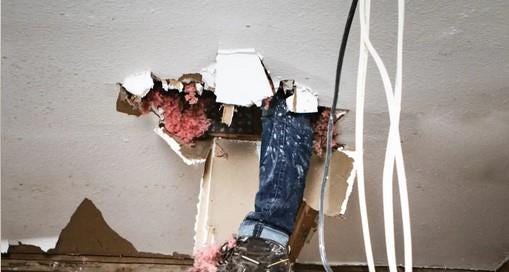


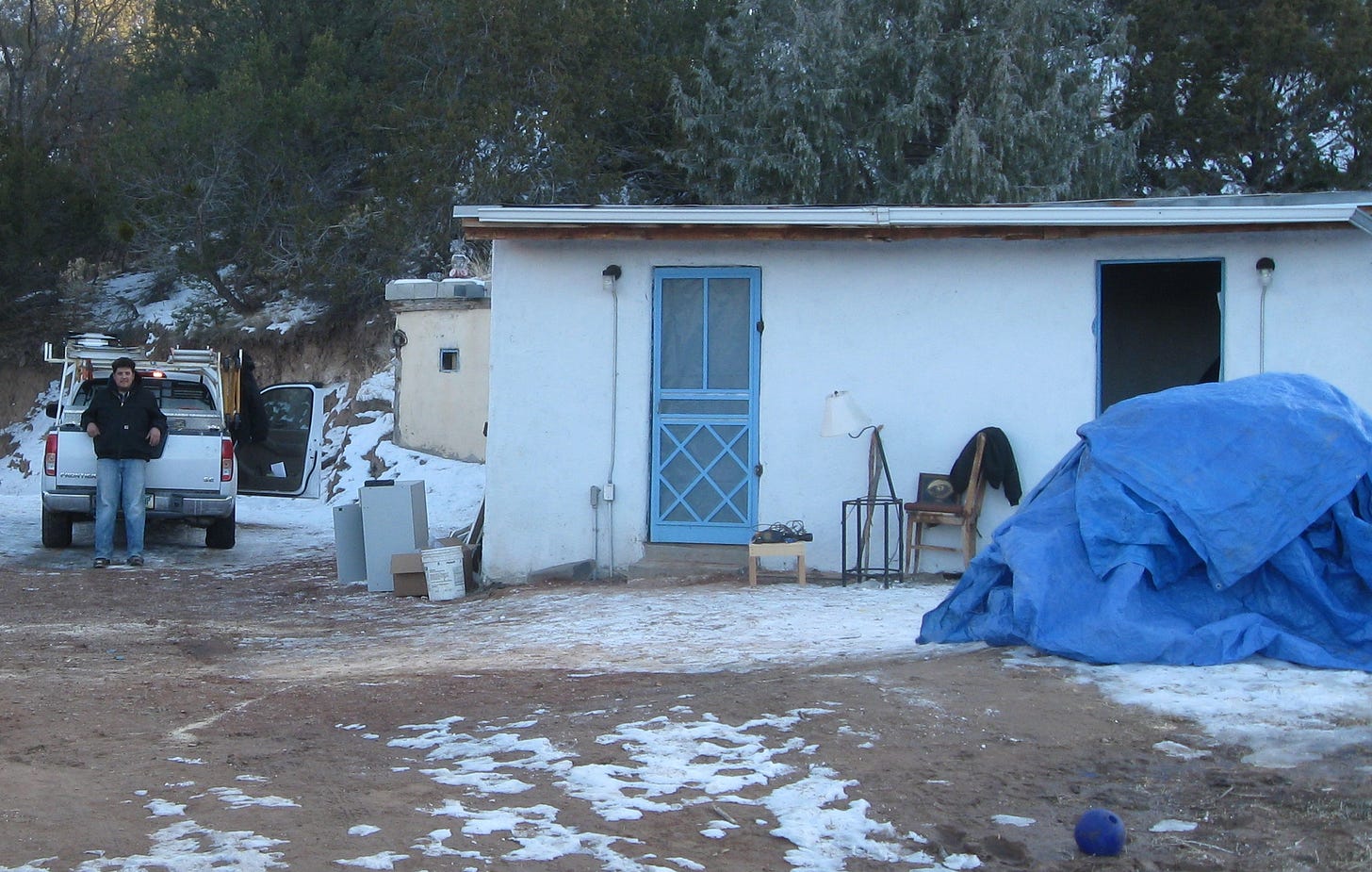
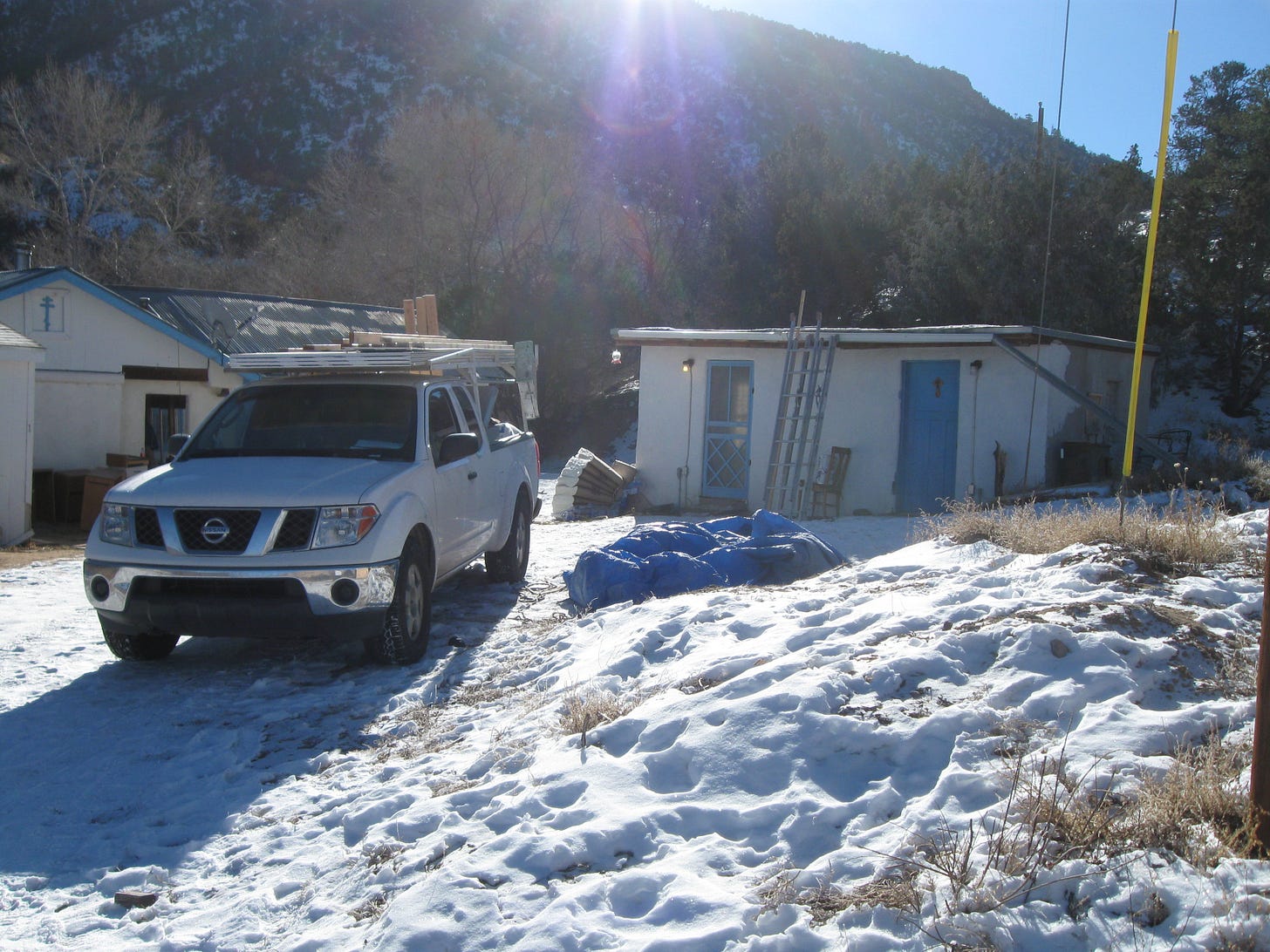

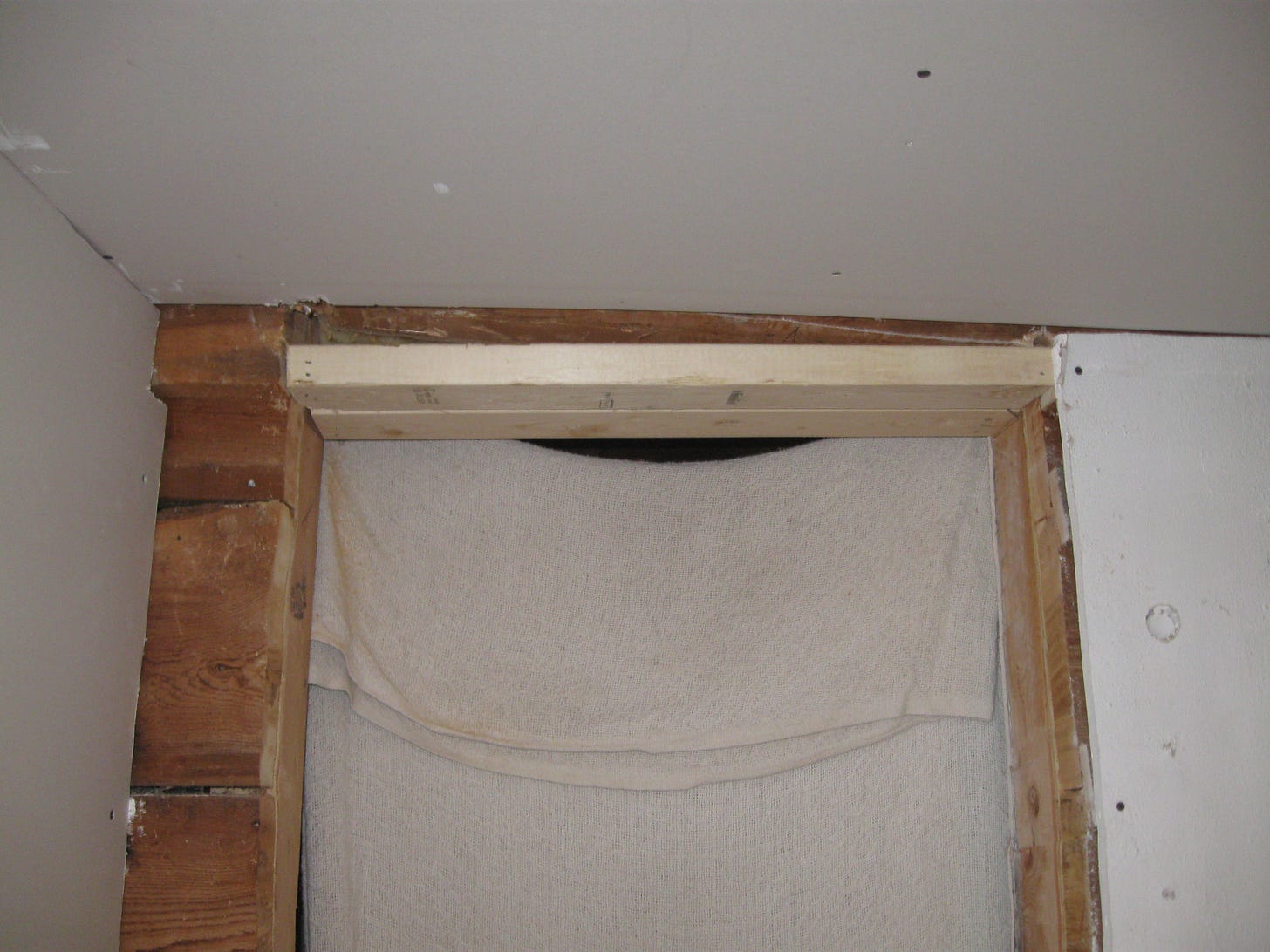

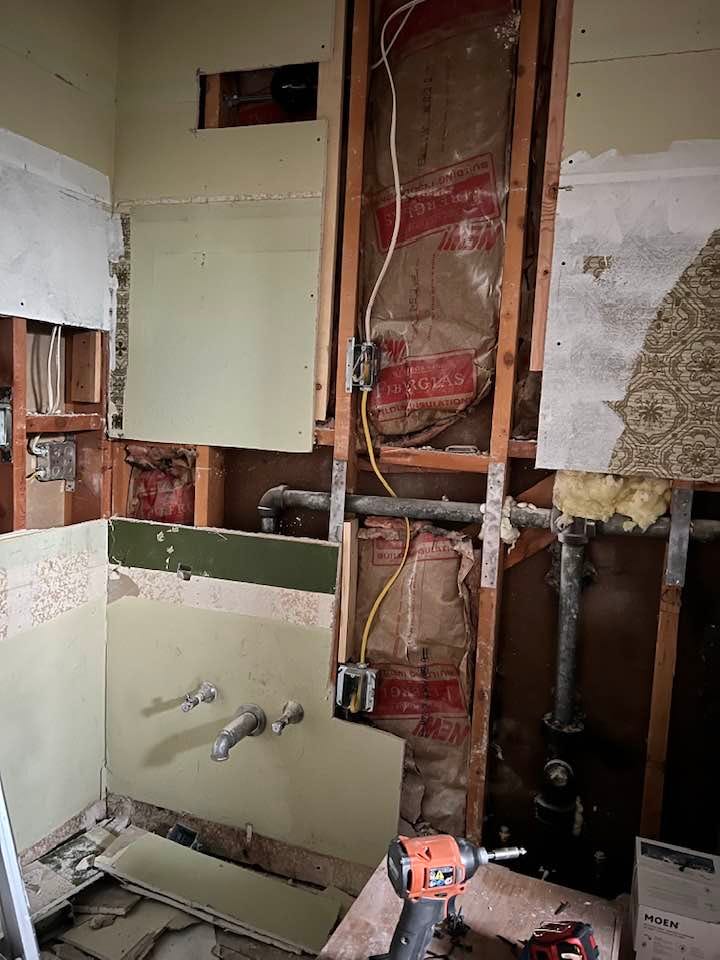
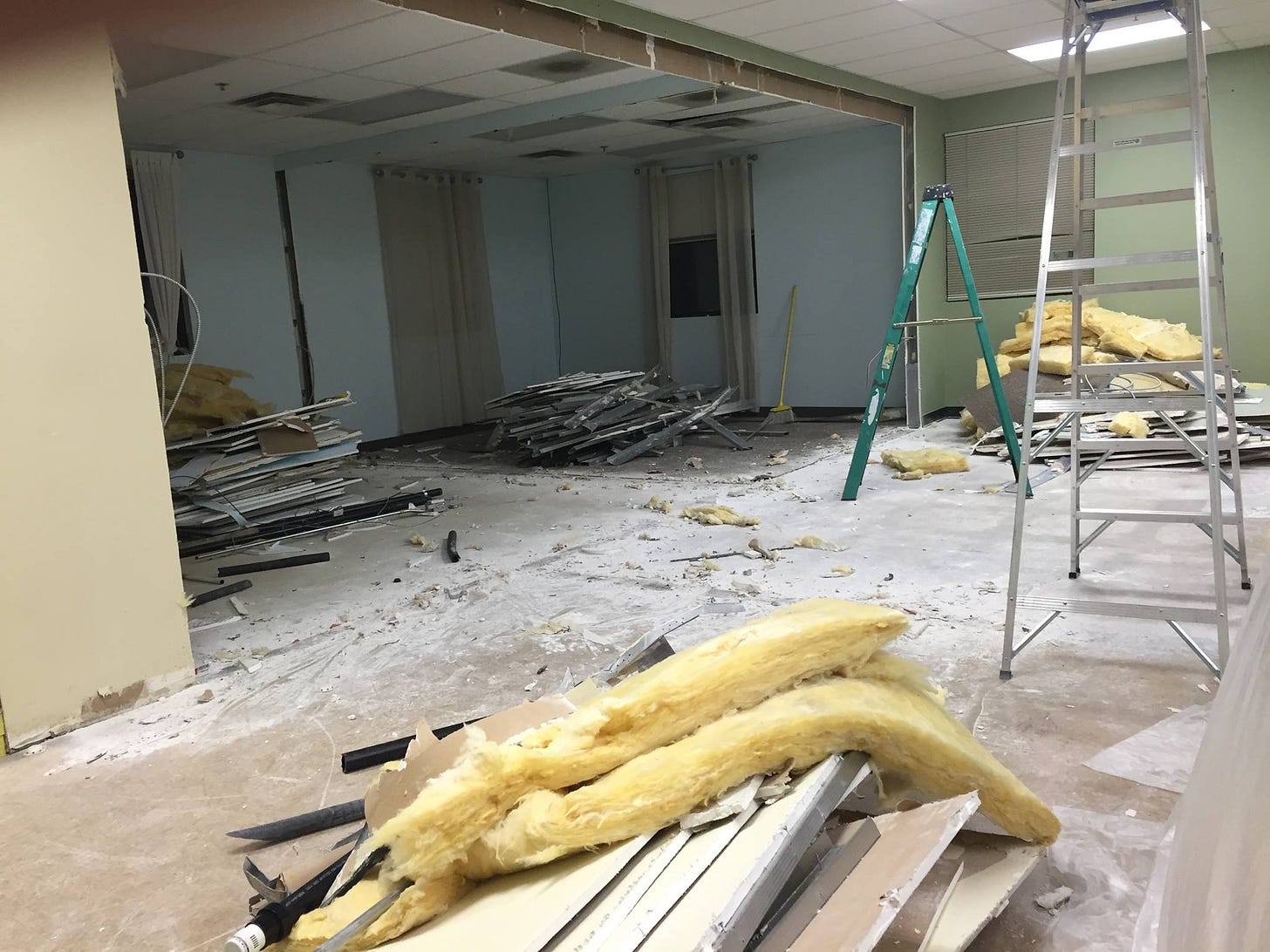
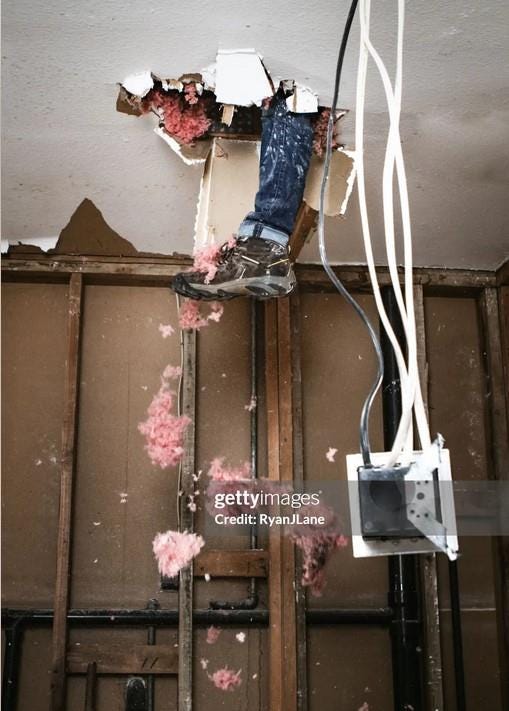
Wonderful.
"Often, the most obvious offending part of us is not the thing that needs to be demolished first. Small things must be systematically removed before tackling the 'big sins'." Eye opening. Thank you Father.